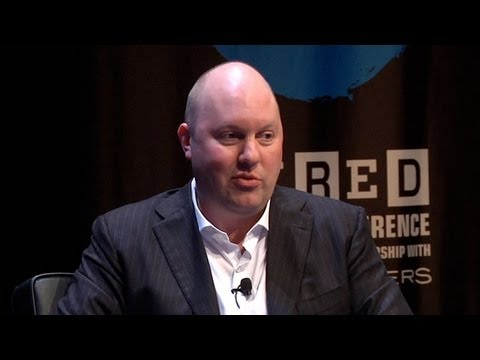Quantum Computing: Understanding the Basics
Summary
In this article, we will explore the concept of quantum computing and how it is revolutionizing the field of computing. We will delve into the basics of quantum mechanics, superposition, and entanglement to better understand how quantum computers work.
Superposition and Entanglement
Superposition is the concept that an object can exist in a combination of states. The speaker explains this using the example of spinning pennies, where a penny can spin in both clockwise and counterclockwise directions at the same time. Entanglement, on the other hand, refers to the connection between two objects that makes it difficult to separate them.
To create superpositions and entangle qubits, quantum chips need to be cooled using a dilution refrigerator. Quantum computers can be used to simulate chemical bonding and model quantum systems.
Building a Quantum Computer
To build a quantum computer, a physical device called a qubit is needed. Qubits can handle quantum states and be entangled with other qubits. Early quantum computing is being built using assembly language and layers of abstraction to allow for interchangeability with classical programming.
Advantages of Quantum Computing
Quantum computing can accelerate simulations of nature, chemistry, and machine learning problems that are difficult for classical computers. While the speaker does not believe a quantum computer will be available in a dorm room anytime soon, there are free quantum computers accessible through the cloud.
Conclusion
In conclusion, quantum computing is a fascinating and rapidly evolving field that has the potential to revolutionize the way we solve complex problems. By understanding the basics of quantum mechanics, superposition, and entanglement, we can better understand how quantum computers work and the advantages they offer over classical computers. While building a quantum computer is still a complex and challenging task, the potential benefits make it a worthwhile pursuit.






